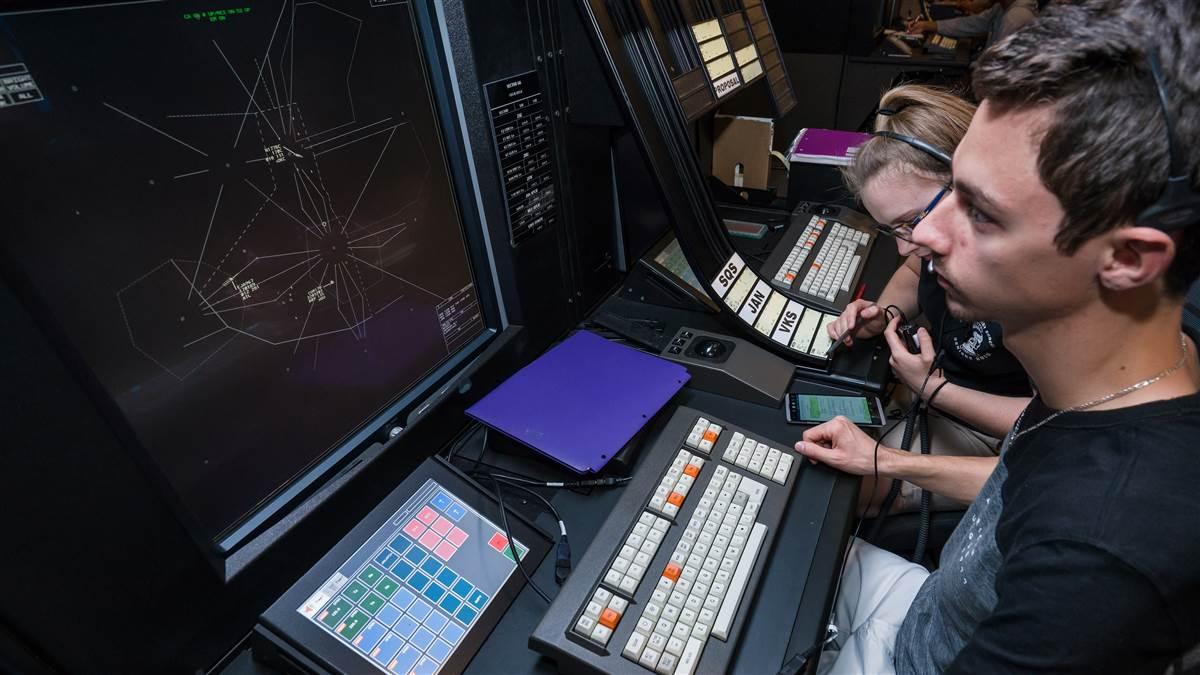ERAU students practice in real-world ATC environment
FAA on target to hire 6,300 controllers during next five years
State-of-the-art en route and terminal hardware and software teach air traffic control students at Embry-Riddle Aeronautical University's Daytona Beach campus how the systems work in a real-world ATC environment.
The advanced training and scenarios presented to students on radar lab consoles and display systems used by professionals “are more realistic” than the previous equipment, according to an Oct. 3 news release.
ATC modeling and simulation software called I-SIM ATM and manufactured by Kongsberg Geospatial, is said to deliver realistic en route and terminal air traffic scenarios to students so they can be better equipped to attend the FAA Academy, a mandatory stop for those entering the professional ATC environment.
The idea is to give students “a strong foundation when graduating and seeking employment” with the FAA, the Department of Defense, or commercial air traffic facilities.

Brandon Liden, an Embry-Riddle senior, is one of hundreds of students practicing on the same type of equipment used in ATC centers throughout the United States.
“This is exactly what they have in the field,” Liden said. “It’s nice we’re able to get used to the same equipment” in a practice environment before entering the field as a professional controller.
The U.S. Department of Transportation Office of the Inspector General said in 2016 that the FAA must hire 6,300 new controllers during the next five years to replace those retiring to maintain staffing levels that hover around 14,000.
William Coyne, an air traffic management professor and the university’s ATC program coordinator, said he has seen interest in the degree program grow during the last several semesters.
The aeronautical university noted that “85 percent of the U.S. air traffic controllers who are currently working will be eligible for retirement” within the next 10 years.
Embry-Riddle Aeronautical University is among an original cohort of 14 colleges and universities that were granted an FAA designation as a Collegiate Training Initiative school.




